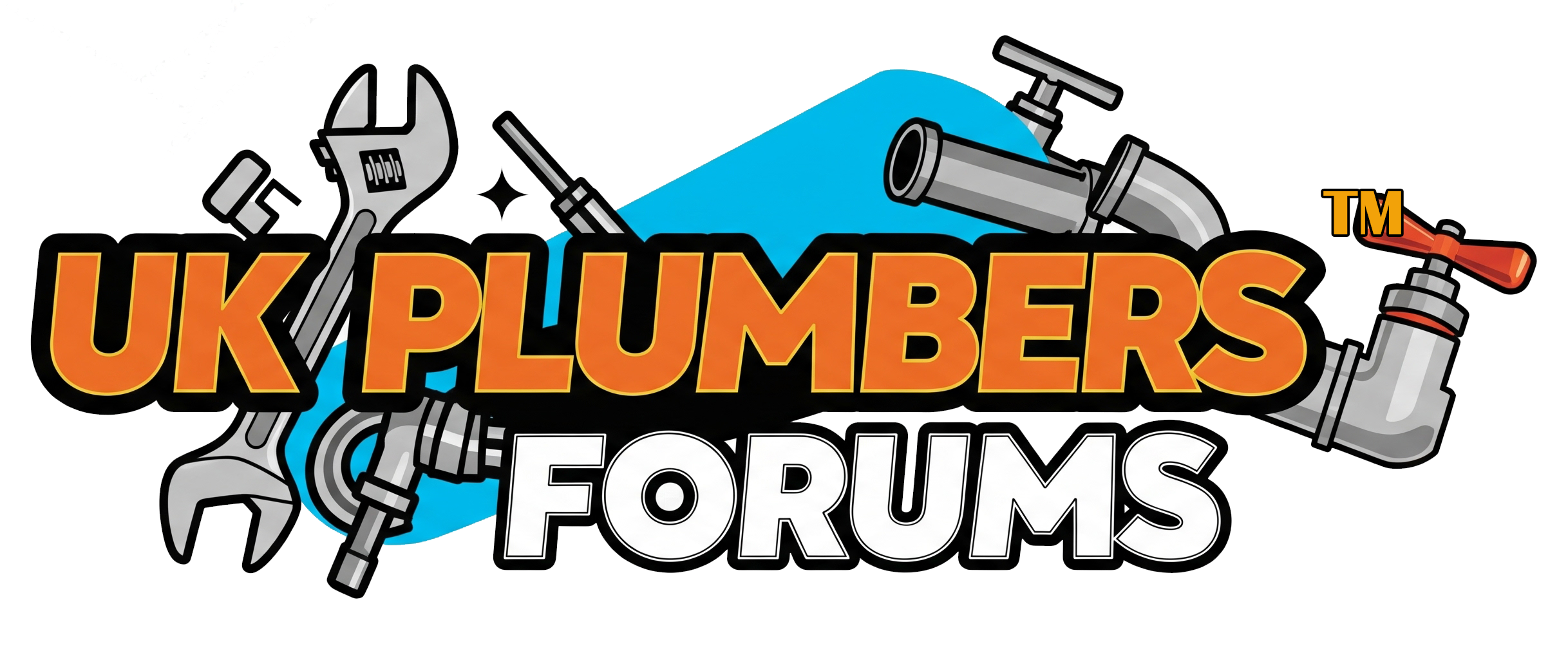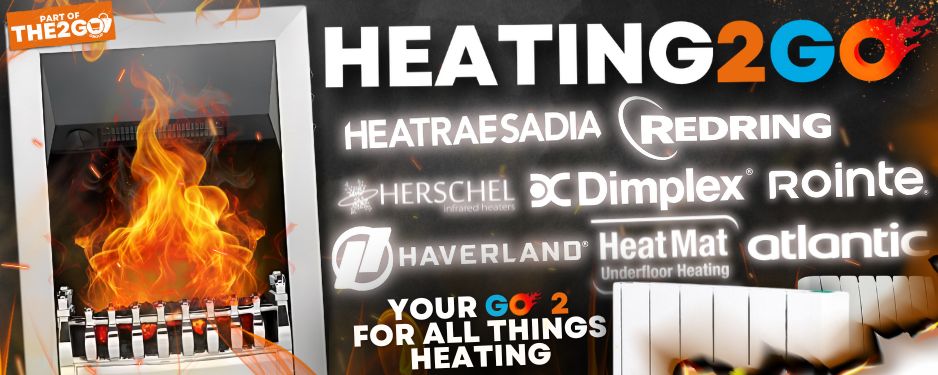F
FunkyFox
Hi all,
I'm installing a Rayburn 212 SFW on a narrowboat for heating and hot water. I've played around with a few plumbing layouts, the latest one is shown below ( just checked the preview and it's not very clear but I can email if needed ). Not being an expert plumber I'd really appreciate some pointers and feedback as I've still got some niggling worries abour whether or not it will work.

The first worry is that the hot water output is considerably more that I'll need. The Rayburn install guide says that normal operation will produce around 100 gals of hot water per day, probably about 50 more than I'll need! So.. what to do with all that extra heat? They suggets a 'A towel rail of not more than 0.5m2 heating surface' which leads on to the next worry...
What to do with the (possible) excess heat. I've read somewhere that a heat leak radiator should have somewhere between 25-30% the nominal boiler output. For a 2.2kw Rayburn that would be about 500w give or take which is not in itself a problem but fa more than the powel rail suggested by the mfrs. I am also struggling with how to connect it. In the diagram I've connected it in parallel with the rtn pipe, reasoning that if the return flow is hotter than the radiator then it should thermosyphon on its own and get rid of any excess heat. I'm guessing it would be more efficient to put it in series in terms of dumping the excess heat since all water would be forced to flow through the radiator regardless, however all of the radiators I've found are 22mm pipe vs the 28mm (1inch) pipes specified for the Rayburn. This would severely restrict the flow which is why I've opted for a parallel connection.. any thoughts?
I've seen various layouts on other sites showing complex systems of pumps, pipe stats and changover valves, but given the probability of a pump failure (or more likely a flat battery on a boat) these are really a no go. This, in addition to the 'more heat than needed' makes me worry abou the thing boilng over / boiling dry.
If anyone has any suggestions then I'd really appreciate them!
For info I've posted links to the Rayburn and cylinder specs below.
http://www.rayburn-web.co.uk/Prodin...FW/Ray 200 212 SFW inst 12-09 EINS 514406.pdf
400 x 1500 172 litre thermal store at Swithenbanks Alternative Energy | Grid Tie Inverters | Solar Photovoltaic
Thanks,
Jeff
I'm installing a Rayburn 212 SFW on a narrowboat for heating and hot water. I've played around with a few plumbing layouts, the latest one is shown below ( just checked the preview and it's not very clear but I can email if needed ). Not being an expert plumber I'd really appreciate some pointers and feedback as I've still got some niggling worries abour whether or not it will work.

The first worry is that the hot water output is considerably more that I'll need. The Rayburn install guide says that normal operation will produce around 100 gals of hot water per day, probably about 50 more than I'll need! So.. what to do with all that extra heat? They suggets a 'A towel rail of not more than 0.5m2 heating surface' which leads on to the next worry...
What to do with the (possible) excess heat. I've read somewhere that a heat leak radiator should have somewhere between 25-30% the nominal boiler output. For a 2.2kw Rayburn that would be about 500w give or take which is not in itself a problem but fa more than the powel rail suggested by the mfrs. I am also struggling with how to connect it. In the diagram I've connected it in parallel with the rtn pipe, reasoning that if the return flow is hotter than the radiator then it should thermosyphon on its own and get rid of any excess heat. I'm guessing it would be more efficient to put it in series in terms of dumping the excess heat since all water would be forced to flow through the radiator regardless, however all of the radiators I've found are 22mm pipe vs the 28mm (1inch) pipes specified for the Rayburn. This would severely restrict the flow which is why I've opted for a parallel connection.. any thoughts?
I've seen various layouts on other sites showing complex systems of pumps, pipe stats and changover valves, but given the probability of a pump failure (or more likely a flat battery on a boat) these are really a no go. This, in addition to the 'more heat than needed' makes me worry abou the thing boilng over / boiling dry.
If anyone has any suggestions then I'd really appreciate them!
For info I've posted links to the Rayburn and cylinder specs below.
http://www.rayburn-web.co.uk/Prodin...FW/Ray 200 212 SFW inst 12-09 EINS 514406.pdf
400 x 1500 172 litre thermal store at Swithenbanks Alternative Energy | Grid Tie Inverters | Solar Photovoltaic
Thanks,
Jeff



